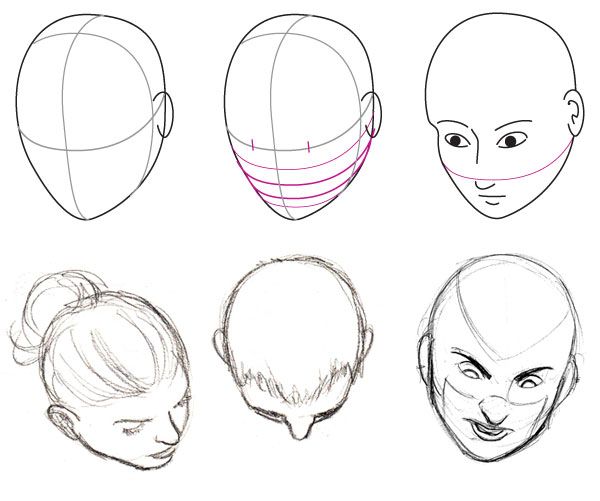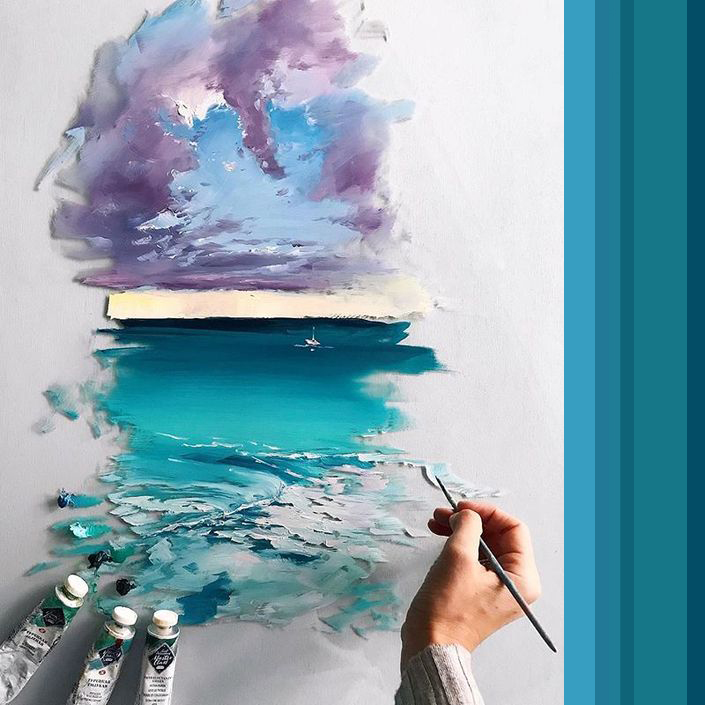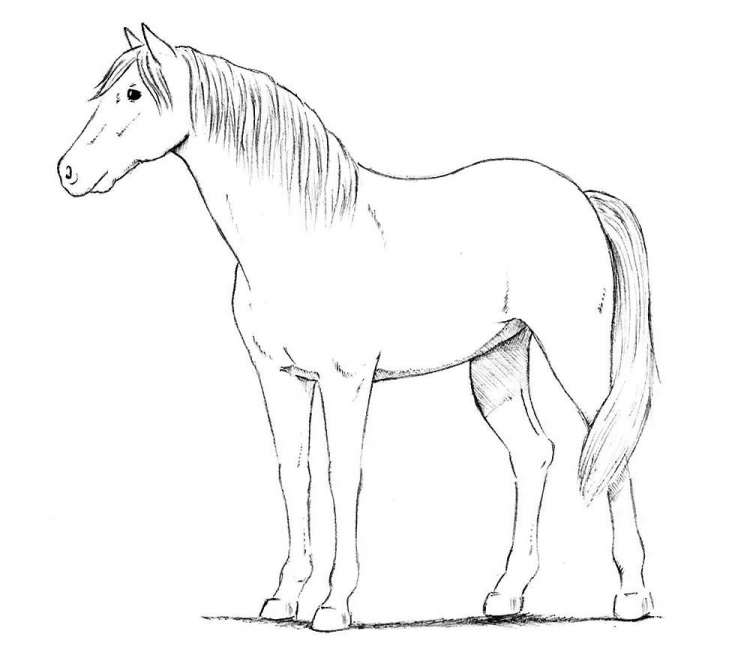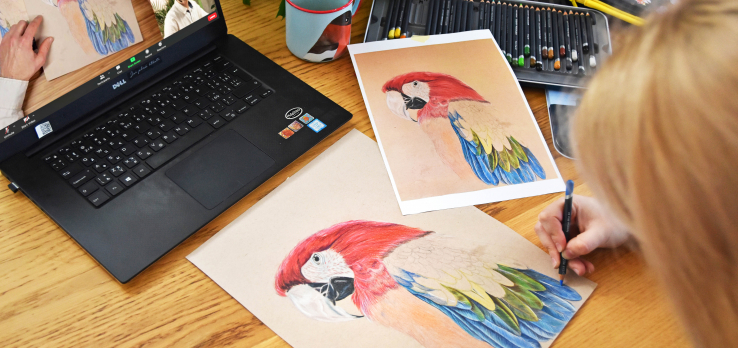How to mix skin tones
2. February 2022
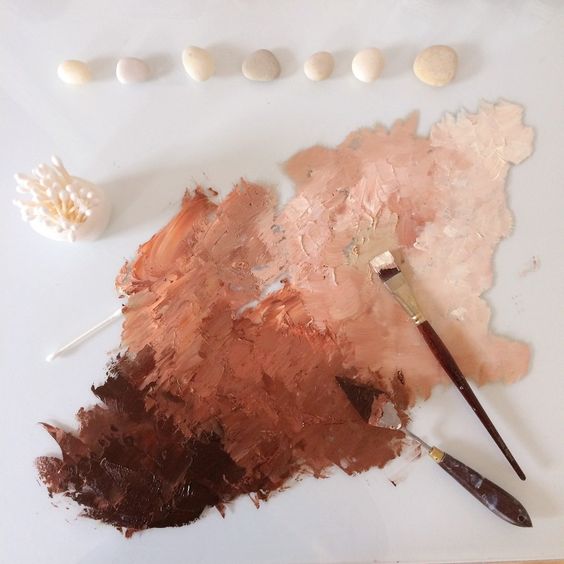
The only way to paint a realistic portrait is for the artist to use general rules and create their own special method of mixing skin tones. Continue reading to learn what is the correct ratio of different colours that will help you achieve realistic skin tones.
If you compare skin to a white sheet of paper, you’ll see that healthy skin is a warm, beige colour. Even the palest people aren’t simply white – the paper comparison makes that much clear.
Although white is a part of the skin tone mix, so is ochre, yellow and red cadmium or even sienna or umber shades (although the last two should be used sparsely, for shading only). To make a basic skin tone colour, you need to put a small amount of white paint on your palette, dilute it, and then add ochre, red, and yellow.
Theoretical works of contemporary artists provide instructions for another approach to creating a skin tone mix.
Mix six parts yellow with one part red. Keep mixing until you have a smooth, yellow-orange colour. Add a half part blue and mix – you should end up with a brown-red shade. Finally, add white paint, but keep in mind that this method is not completely universal – the amount of different paints that you will need to use depends on what you are aiming for – light or dark skin tone.

Important things to keep in mind
There is no one perfect method to mix this or that shade of skin tone – the results are tied to the artist’s idea and the skin tone of the model.
Key aspects to keep in mind are these: women’s skin is lighter and softer than men’s; body, arms, and legs are darker than the face.
Mixing skin tones with watercolours
With watercolours, mixing skin tones is a bit easier, although at times it might feel like it’s the other way around and watercolours are more difficult to handle than oil paints. However, with watercolour, you can use the whiteness of the paper and let it show through the brush strokes instead of having to add white to your mix.

Colour order:
Grab a plastic palette and apply several drops of water. Use the tip of a soft brush to pick up a bit of red watercolour. When you add it to the water, the result will be a pale pink shade. Next, add a bit of yellow and voila, you’re ready to use your skin tone for a portrait!

Every newbie or aspiring portrait artist needs to know how to mix a realistic skin tone. You can even come up with your own skin tone mixing method once you gain some experience. Keep in mind that picking and mixing proper colours is an art in its own right since every person’s skin tone is unique. Once you learn to capture a realistic skin tone, you can dive into experimenting with surreal shades and styles.
And if you want to become a real pro, join our course – we’ll become mixing masters together!

